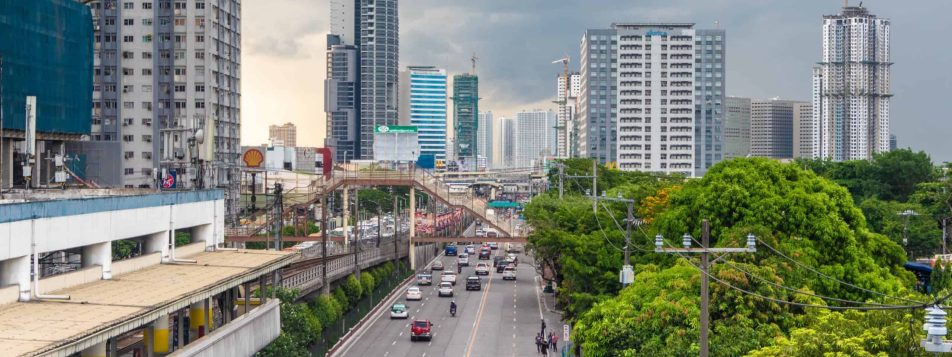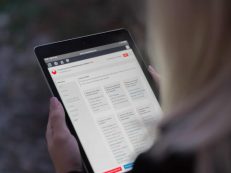The Philippines is one of the few countries in Southeast Asia to have both a public and private school student population.
Its education system has the past colonial influence. Along with, the US being responsible for establishing and maintaining the country’s public education system.
There are five years of primarily schooling, three years middle-school, four years high-school, and six years college. In addition to this there is an optional kindergarten year which most children attend between the ages of four and six.
Around 72 percent of children attend primary school, up from 45 percent in 1981. Education is compulsory between six and 12, although many poor families do not have the resources to send their children to school.
Primary education is free in government schools and in private schools as well. The Philippine public school system has a reputation of overcrowded situation. Because of the students condition that forcedly to study on their feet or sitting on benches or chairs rather than desks.
Poor quality teachers working under difficult conditions are also common problems facing the country’s school students. In 2005 there were only 428 qualified math teachers nationwide for over 5 million primary and secondary students.
Private schools in Philippines
The Philippines is also known for its large number of private schools. While the majority of children attend government schools, there are over 1,500 private institutions in the country.
Private elementary and high school students make up around 20 percent of all students nationwide. Additionally, this figure rises to about 40 percent in urban areas.
There are two main types of private-run schools – those established by religious organizations. Those are who run by non-profit groups or foundations. The latter tend to be better off than the former.
Although, they still struggle with a lack of resources. Thanks to underfunded public education system which struggles to cope with demand. Private school fees are often as much or more expensive than their public counterparts, meaning they cater mostly to wealthy families.
Private schools are usually better equipped, and teachers are generally better qualified. However, the quality of education is not necessarily much better than that in public schools. Private school teachers are getting paid less than their government counterparts.
The Philippines has one of the lowest standards for basic education among all developing countries – a child who completes only primary schooling will likely learn less math, science and English than a child in many other countries.
Higher education system in Philippine
The Philippine higher education system has traditionally been dominated by private institutions. Although, there has been an expansion of state universities since the late 20th century.
According to statistics from 2006 there were 14 state universities in the country with around 300,000 students enrolled compared to nearly 200 private colleges or institutes with over half a million students.
Private universities have almost twice as many students as public institutions per head of population, meaning more people have the chance to go to college.
However, there are still problems with the quality of education at state colleges and universities. The Philippine government has been working hard to improve this.
In recent years, thanks to a major push for more college graduates from regional partners like Australia and Japan. Among poor countries it is one of the least educated – nearly 30 percent of Filipinos aged 25 or older do not have any formal schooling at all.
In addition to the public and private education system there are also a number of international schools in the Philippines. These are mostly geared towards foreign expatriates, although many Filipinos also attend.
The country’s oldest international school is Manila American School which was founded in 1902.
Cudy is a platform for tutoring the students from any grades. Cudy is presented as a platform for online class learning with effective tutoring. The tutoring features is extremely convenient to use and can be accessed at any time and from any place.






